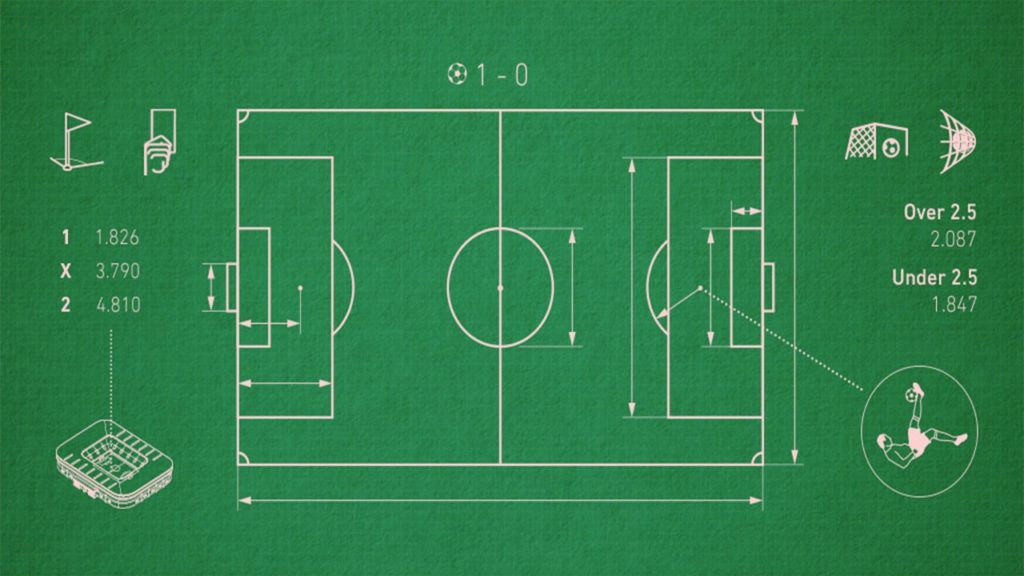This could very well be the year of sports betting. So far, every state in the country has broken betting revenue records. But when it comes to the language of sports betting, it seems to be an entirely different language.

Since 2018, states have begun legalizing sports betting. Currently, more than half of the states in the U.S. are already operating sports betting operations. 2021 brought in a record total of bets. In the first five weeks of operation, New York brought in $1.2B bets. Pennsylvania is one of the largest markets in 2021, bringing in $393 million in total revenue in January alone.
With the rise of sports betting, it seems that everyone wants a piece of the action, including bettors. Words like chalk, hook and juice are commonly used. But what does it all mean?
If you are new to the world of sports betting, there are four key words you need to understand from the start. These four words are "moneylines", "point spreads", "favorites" and "underdogs". underdogs".
Moneyline
"Moneylines" is the easiest bet to understand. You are picking a winning team. If they win, your bet pays off. If they lose, then you lose too. However, the more popular "point spreads" in basketball and soccer tend to offer better value. Now let's look at the example of "moneyline" and "point spreads".
Let's assume that this "money line" example is the Detroit Tigers playing the Chicago White Sox in Major League Baseball. The "win line" in the game is Detroit -140 and Chicago +110. In this case, Detroit is the "favorite" because they have a "-" sign next to the -140. " sign. Chicago is the "loser" because they have a "+" next to +110. The "-" sign indicates how much risk you need to take to make a $100 profit. The "+" represents what you will win if you bet $100.
In this scenario, you would have to bet $140 to win $100 in Detroit, and you would risk $100 to win $110 in Chicago. Or, in dollar terms, for every $1.40 you risk on the Tigers in this game, you will win $1. For every $1 risked in Chicago, you will win $1.10.





